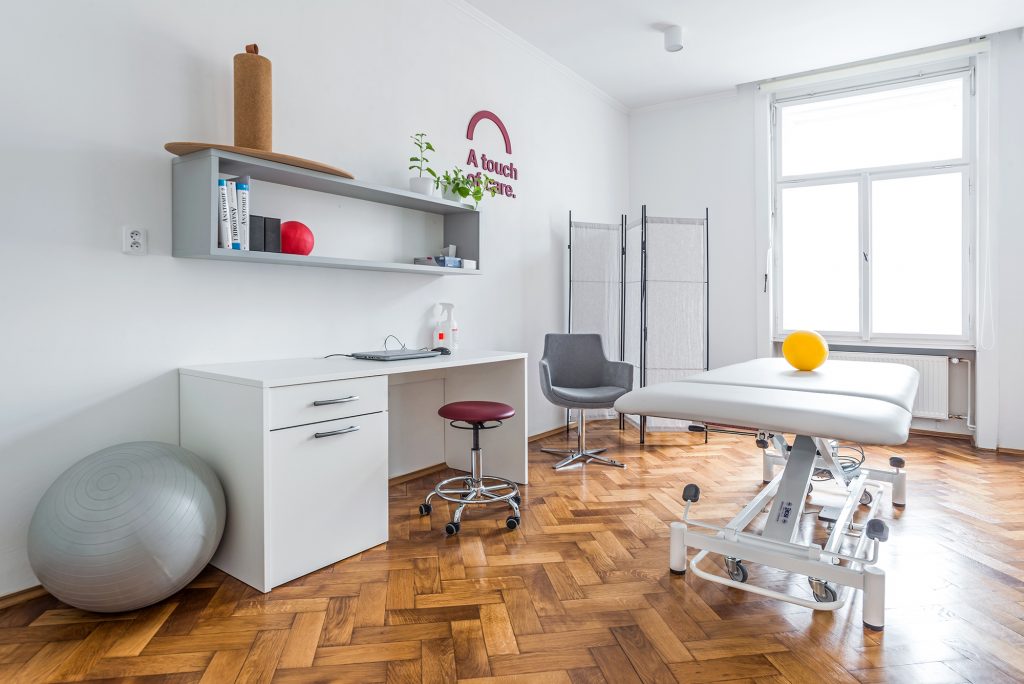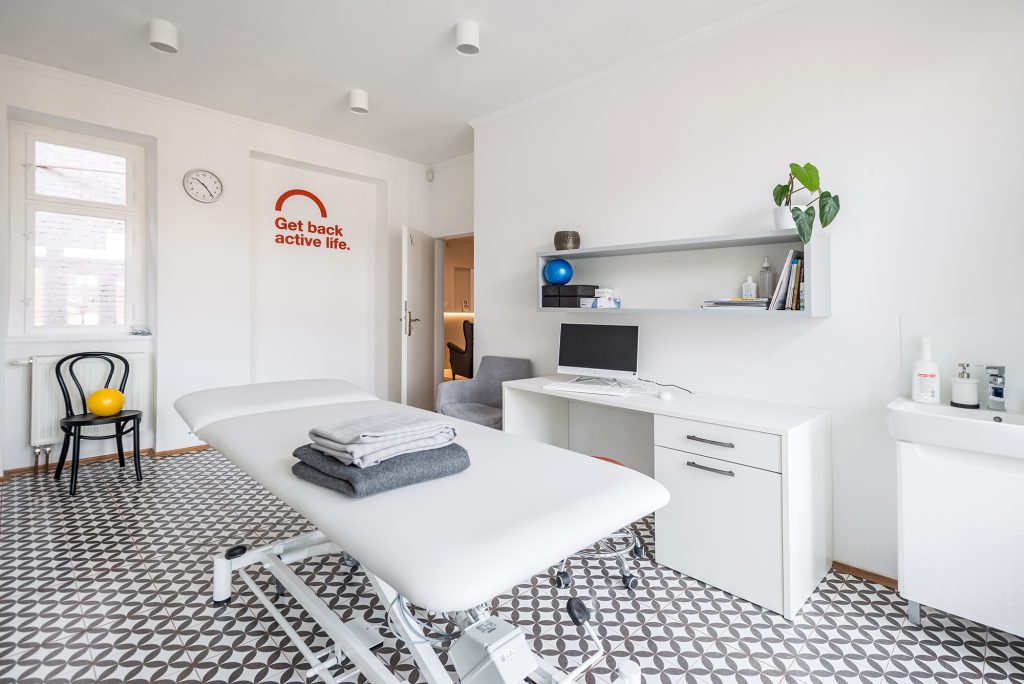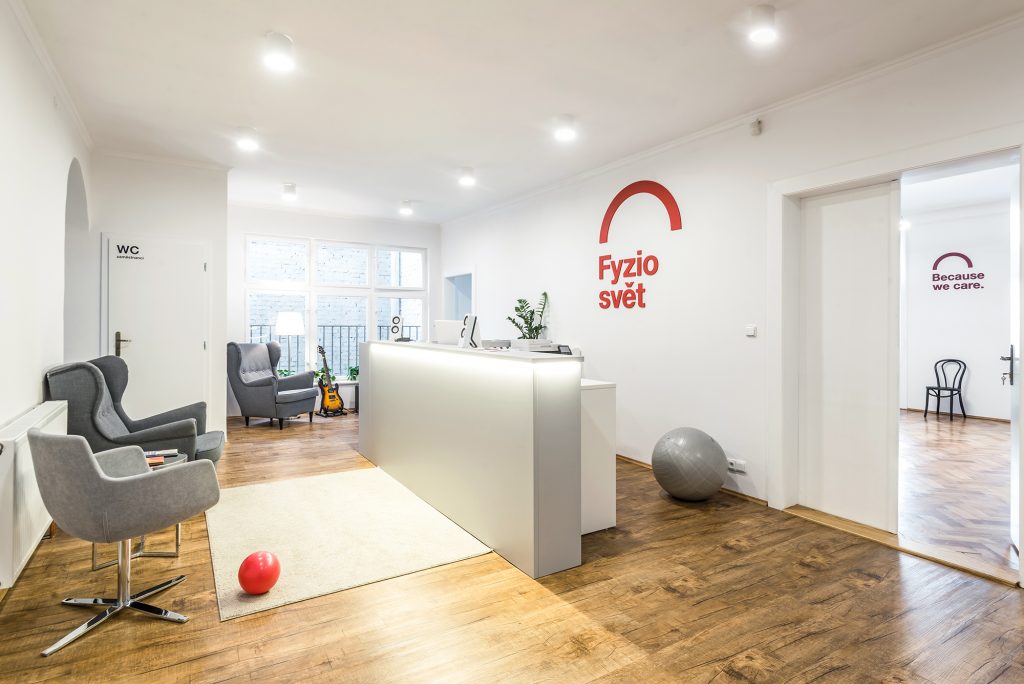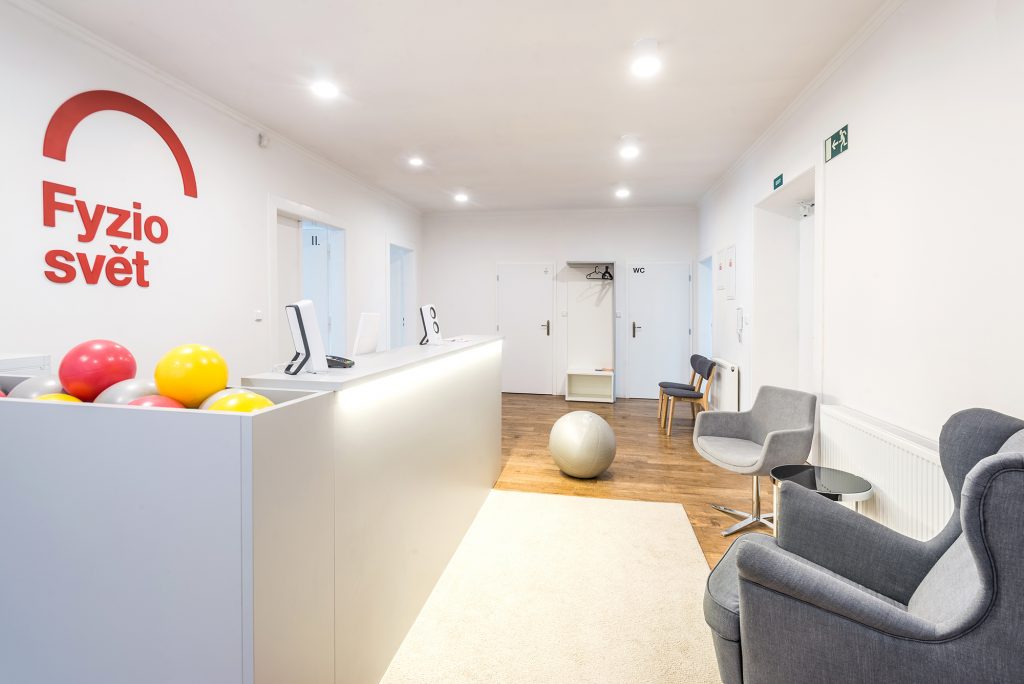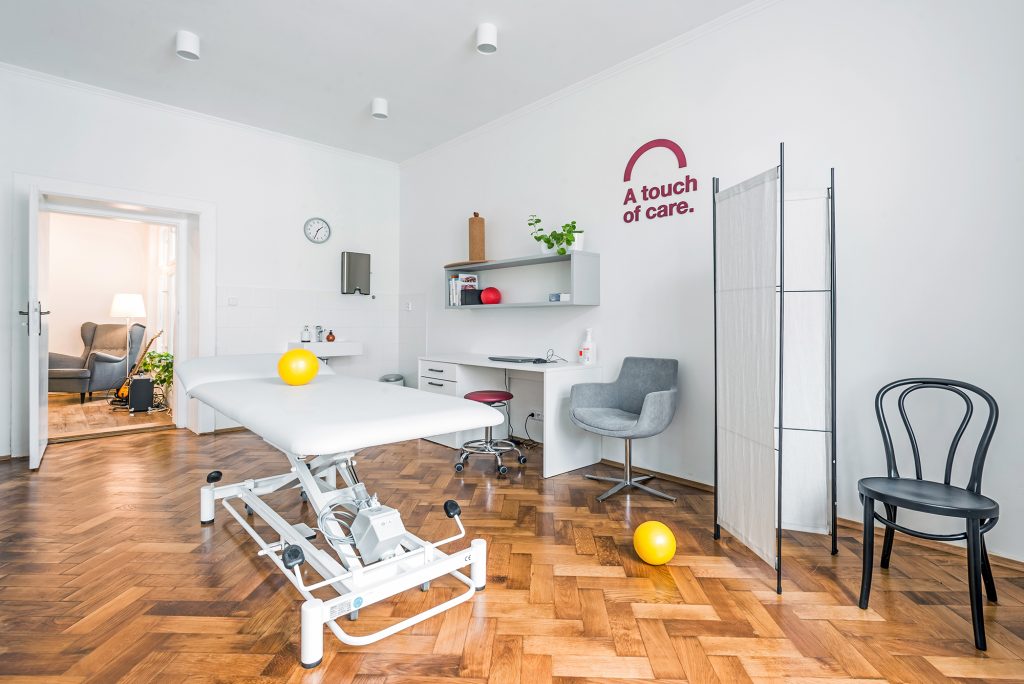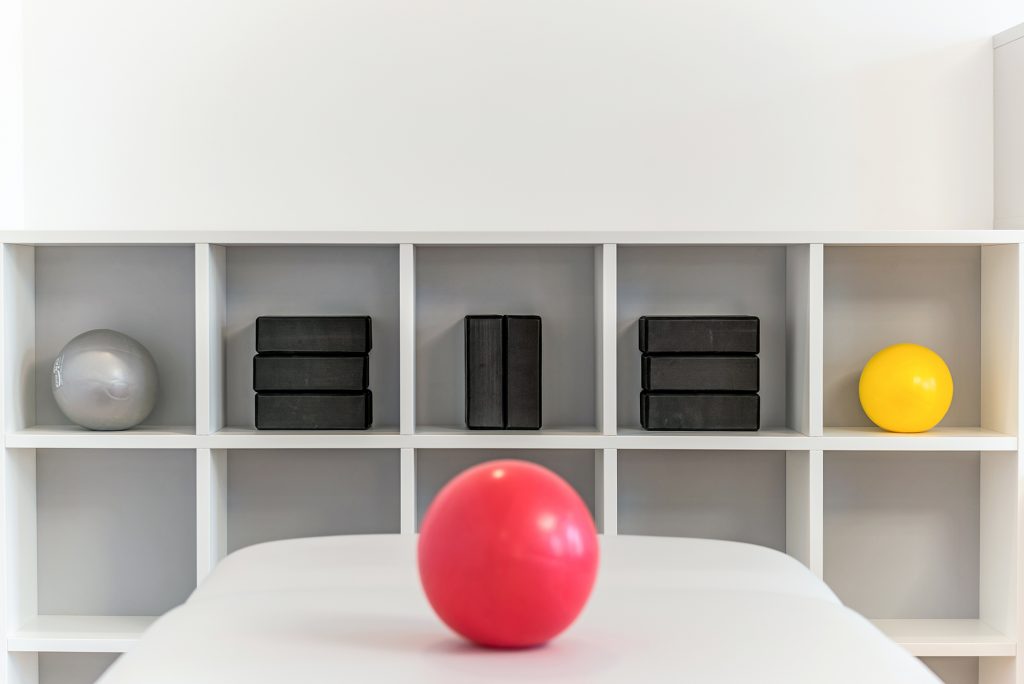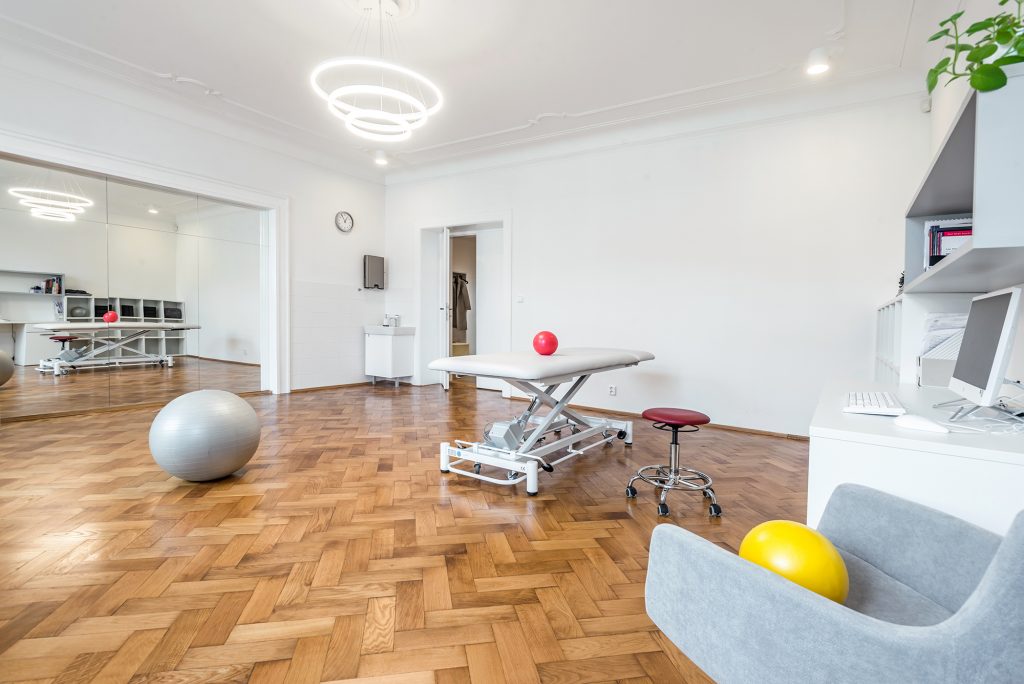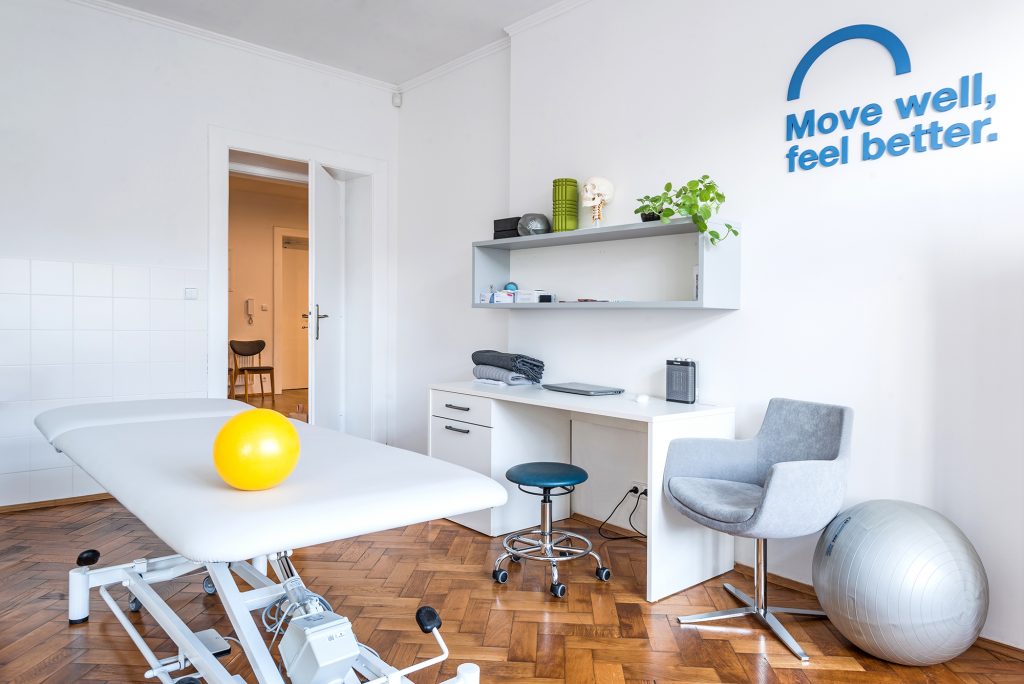Is it just innocent snoring, or is it obstructive sleep apnea?
Obstructive sleep apnea, known as OSA, is a serious condition involving repeated collapses of the upper airways during sleep, leading to pauses in breathing. These pauses last at least 10 seconds and occur more than 5 times per hour of sleep.
Who is at risk?
OSA is more common in men than women, with its prevalence increasing with age and obesity. In women, menopause is a significant risk factor, regardless of age or weight.
Studies indicate that 1% to 5% of children, particularly preschool-aged, are affected.
What are the main symptoms?
Nighttime symptoms include snoring (which the person may not be aware of), poor-quality sleep with extended breathing pauses or gasping for air, night sweats, excessive drooling during sleep, and early morning awakenings.
Since OSA is sleep-related, its daytime effects are critical. These may include headaches, excessive daytime sleepiness, difficulty concentrating, thinking, and remembering things. Micro-sleeps during monotonous activities are common, increasing the likelihood of accidents. Research shows that OSA increases the risk of car accidents by seven times.
The key symptoms of OSA include:
- Excessive daytime sleepiness and fatigue
- Frequent daytime napping and reduced work performance
- Gasping for breath, temporary breathing pauses, and frequent waking at night
- Snoring
- Lack of dreams
- Dry mouth upon waking
- Headaches
- Symptoms of depression
Why is OSA dangerous?
Beyond the risks of micro-sleeps and fatigue, OSA is linked to cardiovascular diseases, with a twofold increase in high blood pressure and its associated complications. OSA patients are also more likely to develop coronary heart disease, heart rhythm disorders, and heart failure. Additionally, OSA significantly raises the risk of stroke.
OSA is also associated with metabolic syndrome (MS), a combination of high blood pressure, central obesity, insulin resistance, and abnormal fat metabolism. While obesity is a major risk factor for OSA, it can still occur in people with normal weight.
How is it diagnosed?
OSA diagnosis is made at sleep centers, often linked to specialties such as neurology, pulmonology, ENT, and psychiatry. The process begins with a medical history, followed by questionnaires like the Epworth Sleepiness Scale. ENT specialists assess anatomical factors that predispose someone to snoring or OSA, which helps determine the best treatment approach.
The most precise diagnostic tool for OSA is a full polysomnography, performed overnight in sleep labs or centers.
What treatment options do I have?
One option is surgical treatment, recommended for correctable anatomical issues. This could involve improving nasal airflow or reducing soft tissues around the base of the tongue and soft palate. In some cases, more complex oral surgeries may be performed. The most common procedure is uvulopalatopharyngoplasty (UPPP) under general anesthesia, with a 50–60% success rate. Another option is laser uvuloplasty (LAUP), which is more suitable for snoring without significant breathing pauses.
PAP Therapy: For more severe OSA cases with frequent apneic pauses, PAP therapy delivers constant air pressure to keep airways open during sleep.
Another option is specialized physiotherapy. Recent studies show that physiotherapy can reduce breathing pauses by about 50% in adults and 62% in children. It also reduces snoring and improves quality of life.
Our therapy is based on our experience in treating the jaw joint and orofacial areas. Drawing on international research, we’ve developed a unique approach combining special techniques to activate the soft palate, hyoid bone, tongue, respiratory muscles, and facial muscles.
We use radial shockwave therapy to treat tension in the neck and chest muscles, along with respiratory tools to strengthen breathing muscles. This helps alleviate OSA symptoms (snoring, apneic pauses, sleepiness). Additionally, we focus on aligning the jaw, head, and neck with proper breathing patterns and correcting poor movement habits. Our program includes exercises based on developmental kinesiology.
Who is a good candidate for physiotherapy?
Physiotherapy is most effective for patients with mild to moderate OSA. If you or your partner struggle with snoring and surgery has not been recommended, or if you’re seeking a non-invasive treatment, our rehabilitation program is an excellent choice. It’s also suitable if symptoms persist after surgery.
What can you expect from physiotherapy?
Physiotherapy is highly interconnected. We begin with a comprehensive evaluation of posture and any imbalances. Next, we teach self-therapy techniques to relieve tension in the soft palate, tongue, hyoid bone, jaw, and neck. We’ll provide you with respiratory tools for home training. If needed, we use soft tissue techniques, mobilizations, fascia treatments, shockwave therapy, or kinesio taping. We also work on retraining movement patterns using developmental kinesiology to ensure long-lasting results.
What do we expect from you?
Active participation in therapy is essential. Ideally, we recommend an ENT evaluation. If necessary, we collaborate with the sleep lab at Motol University Hospital.
Sources:
- Hobzová, M. Syndrom obstrukční spánkové apnoe. Interní medicína pro praxi 2010, 12 (3), 148–151.
- De Felício, C. M.; da Silva Dias, F. V.; Voi Trawitzki, L. V. Obstructive sleep apnea: focus on myofunctional therapy. Nature and Science of Sleep 2018, 10 (3), 271–286.
- Marcus CL, Brooks LJ, Draper KA, et al. Diagnosis and management of childhood obstructive sleep apnea syndrome. Pediatrics. 2012;130:e714–e755.
- Hirata RP, Schorr F, Kayamori F, et al. Upper airway collapsibility assessed by negative expiratory pressure while awake is associated with upper airway anatomy. J Clin Sleep Med. 2016;12:1339–1346
- Jordan AS, McSharry DG, Malhotra A. Adult obstructive sleep apnoea. Lancet. 2014;383:736–747
- Guimarães KC, Drager LF, Genta PR, Marcondes BF, Lorenzi-Filho G. Effects of oropharyngeal exercises on patients with moderate obstructive sleep apnea syndrome. Am J Respir Crit Care Med. 2009;179:962–966.
- Guilleminault C, Huang YS, Monteyrol PJ, Sato R, Quo S, Lin CH. Critical role of myofascial reeducation in pediatric sleep-disordered breathing. Sleep Med. 2013;14:518–525.
- Camacho M, Certal V, Abdullatif J, et al. Myofunctional therapy to treat obstructive sleep apnea: a systematic review and meta-analysis. Sleep. 2015;38:669–675.
- Camacho M, Guilleminault C, Wei JM, et al. Oropharyngeal and tongue exercises (myofunctional therapy) for snoring: a systematic review and meta-analysis. Eur Arch Otorhinolaryngol. 2017;275:849–855.
- Verma RK, Johnson J Jr, Goyal M, Banumathy N, Goswami U, Panda NK. Oropharyngeal exercises in the treatment of obstructive sleep apnoea: our experience. Sleep Breath. 2016;20:1193–1201.
- Mohamed AS, Sharshar RS, Elkolaly RM, Serageldin M. Upper airway muscle exercises outcome in patients with obstructive sleep apnea syndrome. Chest. 2017;66:121–125.
- Puhan MA, Suarez A, Lo Cascio C, Zahn A, Heitz M, Braendli O. Didgeridoo playing as alternative treatment for obstructive sleep apnoea syndrome: randomised controlled trial. BMJ. 2006;332:266–70.
